#Charles VI
Text
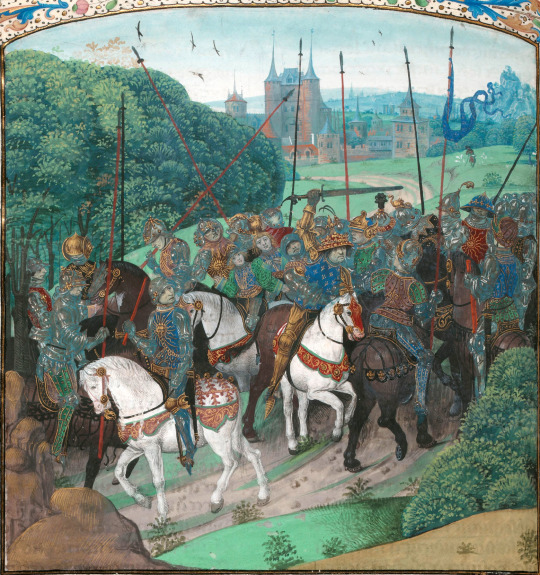
Madness of Charles VI: crossing the forest of Le Mans on an expedition against Pierre de Craon, the king, brandishing a sword, mistakes the members of his retinue for enemies and attacks them.
— Froissart's Chronicles
#charles vi#king#france#madness#mad#insanity#forest#le mans#french#medieval#middle ages#knights#knight#armour#jean froissart#chronicles#chroniques#hundred years war#art#history#europe#european#house of valois#valois#miniature#illuminated manuscript#mediaeval#sword
107 notes
·
View notes
Text
« Le Bal des Ardents »







Finished a seven pages summary of one of my favorite historic moment in French history « Le Bal des Ardents » ! It is set the 28 January 1389 .
Now some facts I couldn’t put in it !
Charles VI killed four men in a frenzy because he thought they were British soldier send to kill him ! They were in facts, only his close guard. The episode started after a man talked to him in the forest it all took place. He took 8 months to recover from this.
Strangely enough, even though « le Bal des Ardents » was a hugely traumatizing event, it is not the one that granted him his nickname « Le Fol » (the crazy ). It’s only 7 months after his mental health declined again without signs of improvements.
Infos kind of vary there but the event took place in the Hotel Saint-Pol OR the destructed and then reconstructed Hotel de la Reine Blanche.
Louis d’Orléans was 17 when it happened. People did think he did this to kill Charles VI and took the thrones. After the event he build the chapel « Le Couvent des Célestins » to expiate his crimes.
English is not my first languages also , sorry about the mistakes !!
#history#art#comic#digital art#France#france history#historic event#history comics#history comic#It was very long to do#cw: gore#cw body horror#Louis D'orléans#Charles VI#isabeau of bavaria#louis of Orléans#louis of orleans#charles 6#King#French King#france king
23 notes
·
View notes
Text
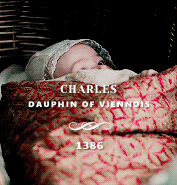



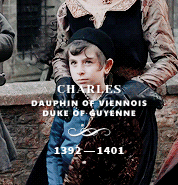




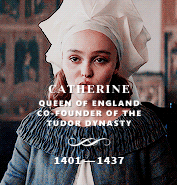

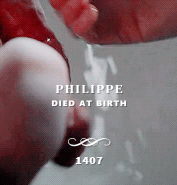
the children of Isabeau of Bavaria and Charles VI, King of France
#historyedit#perioddramaedit#14th century#15th century#isabeau of bavaria#charles vi#charles vii#mine#*
283 notes
·
View notes
Photo
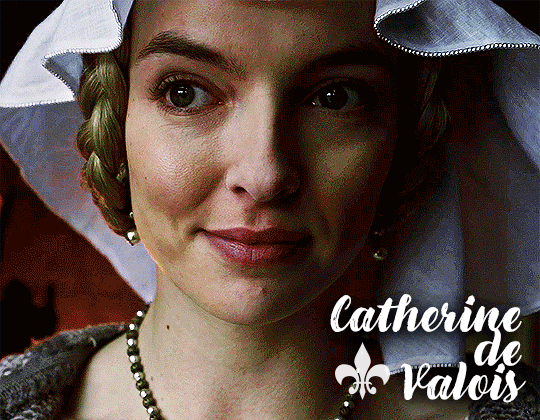
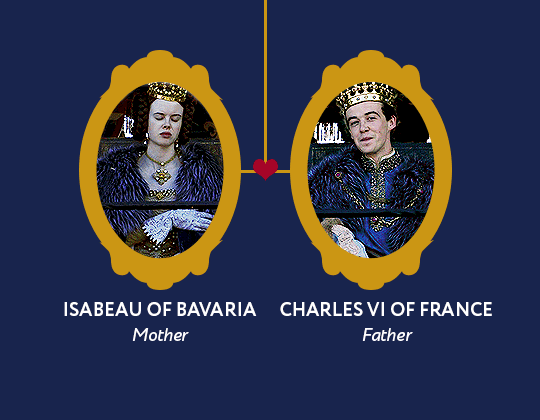


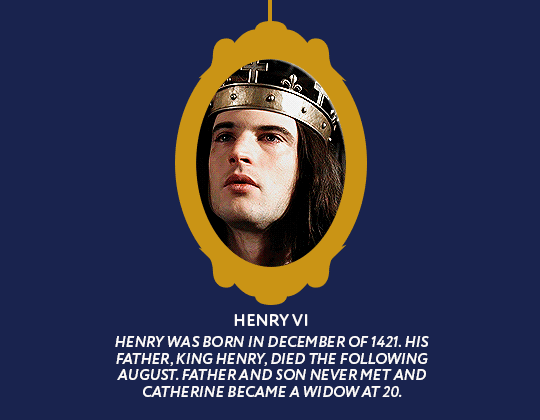

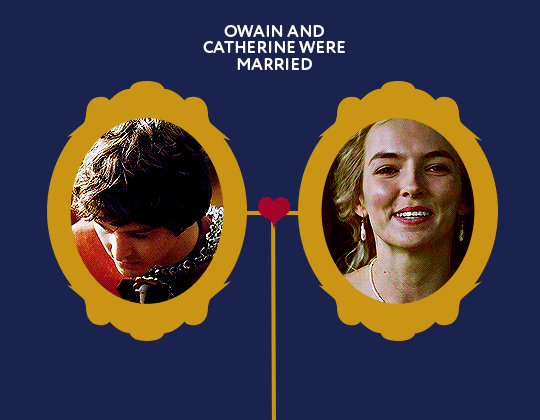


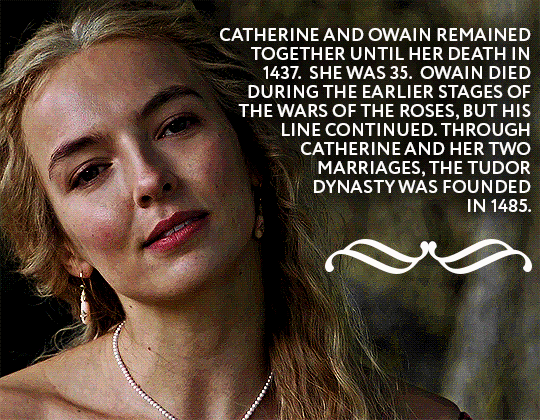
CATHERINE OF VALOIS ❀
QUEEN CONSORT OF ENGLAND
#catherine of valois#catherine de valois#periodedit#perioddramaedit#historyedit#onlyperioddramas#tudorsource#tudorgifs#henry v#henry vi#henry tudor#henry vii#isabeau of bavaria#charles vi of france#charles vi#elizabeth of york#hundred years war#the wars of the roses#margaret beaufort#jodie comer#alexander vlahos#timothee chamalet#perioddramasource#weloveperioddrama#period drama#history#gifshistorical#middle ages#medieval#tudor
800 notes
·
View notes
Photo



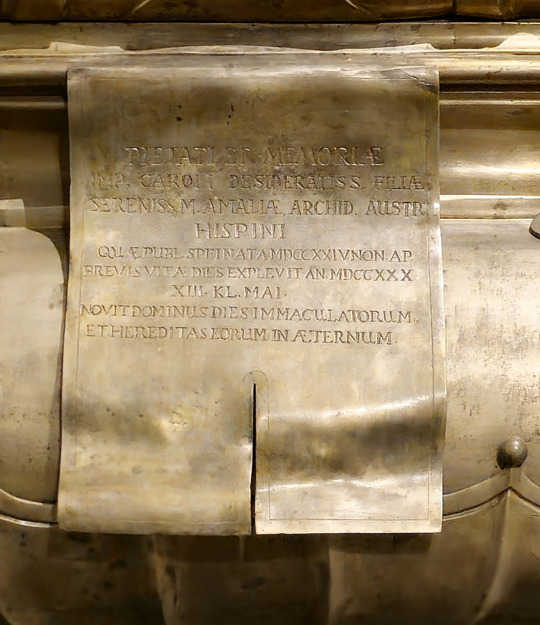
On April 19th, 1730, Archduchess Maria Amalia of Austria died shortly after her 6th birthday. She was the youngest of four children born to Charles VI and Elisabeth Christine of Brunswick, and was their third daughter.
She was buried in Tomb 23 in the Imperial Crypt, and the inscription on her final resting place reads (Loosely translated, if anyone’s better at Latin hit me up):
With love and in memory of the most longed-for daughter of Emperor Charles, the Most Serene Maria Amalia, Archduchess of Austria and Infanta of Spain, who was born on April 5, 1724, and completed her short life on April 19, 1730
It finishes the inscription with a biblical quote from Psalm 37, Verse 18:
The blameless spend their days under the Lord’s care, and their inheritance will endure forever.
#maria amalia of austria#charles vi#elisabeth christine of brunswick-wolfenbüttel#house of habsburg#habsurg#austria#archduchess#imperial crypt#elisabeth christine of brunswick
27 notes
·
View notes
Text
Travel back in time to the wildest shindigs in history! From weddings to battle celebrations, or simply showing off wealth, these legendary parties will leave you in awe.
#celebrations#celebration#party#wedding#Charles VI#Henry VIII#feast#Nero#festival#Alexander the Great#ancient#history#ancient origins
23 notes
·
View notes
Text
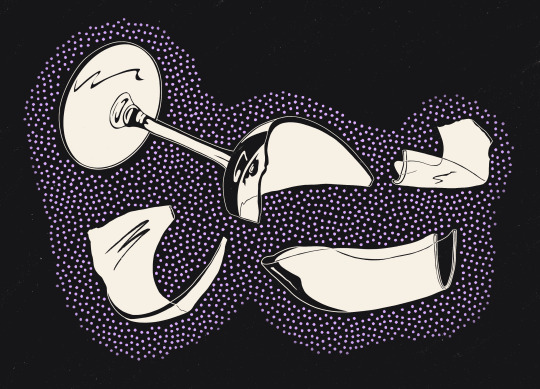
One of King Charles VI's (known as "Charles the Mad") most fascinating episodes involved a phenomenon known as the Glass Delusion. Charles became convinced that he was made of glass, and could shatter at the slightest bump. He wouldn’t allow anyone to touch him, and had special protective iron rods and padding applied to his clothing. Advisors were asked to remove their shoes and tiptoe when approaching (not too close!) He was particularly concerned about the royal buttocks, and would wrap his midsection in blankets before daring to sit down.
A strange thing about the ailments of rulers is that they have a habit of catching on. The Glass Delusion may not have originated with Charles VI, but he was certainly a very early and visible sufferer. Glass, especially clear glass, was a relatively new technological advance in Europe at the time, and had about it an air of mysticism and alchemical magic. People, particularly nobles, throughout Europe began presenting with a variety of “oh shit, I’m breakable” beliefs - glass bones, glass hearts, glass heads and organs. Concern over possibly shattering glass butts was not at all uncommon, with sufferers demanding ample seat padding or strapping pillows to their behinds. One man feared leaving the house lest he be melted down into a window, another attempted to fling himself into a kiln on the island of Murano (known for its glass artisans).
The delusion manifested in slightly different ways. Some sufferers believed themselves to be vases, oil lamps, or glass flasks called “urinals”. One scholar believed that the world was glass, and full of serpents - he wouldn’t step out of his bed for fear that he’d break the surface. Princess Alexandra Amalie of Bavaria developed the belief that she had swallowed a full-size glass grand piano in childhood and must be extremely careful in her movements, lest it smash inside of her. Her delusion was discovered when she was found creeping around the palace halls sideways.
Read More
15 notes
·
View notes
Text
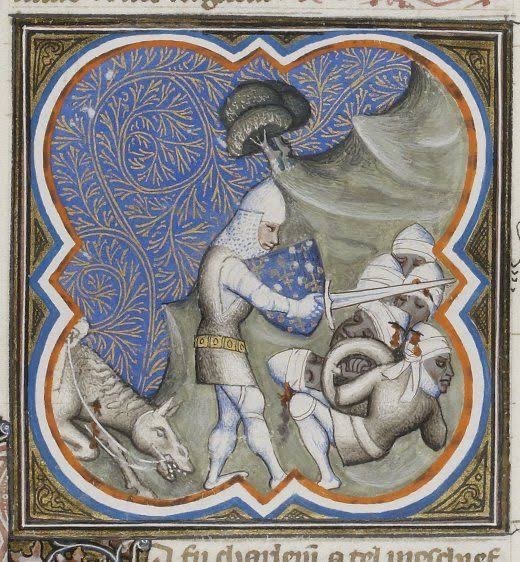
Detail of “maître du couronnement de Charles VI”.
From: Grandes Chroniques de France: 1370-1375.
2 notes
·
View notes
Text
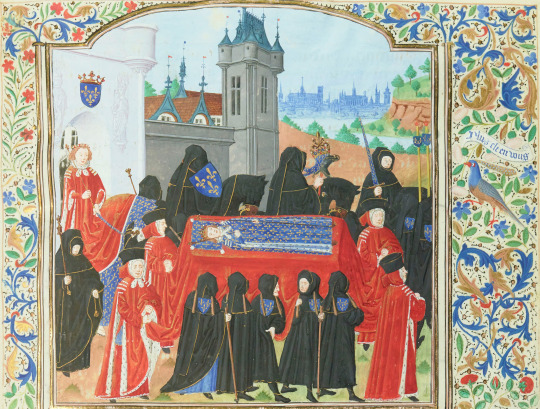
Funeral cortège of Charles VI (or Charles VII) leaving the Hôtel Saint-Pol, miniature in the Chronique (15th century) of Jean Chartier.
5 notes
·
View notes
Text
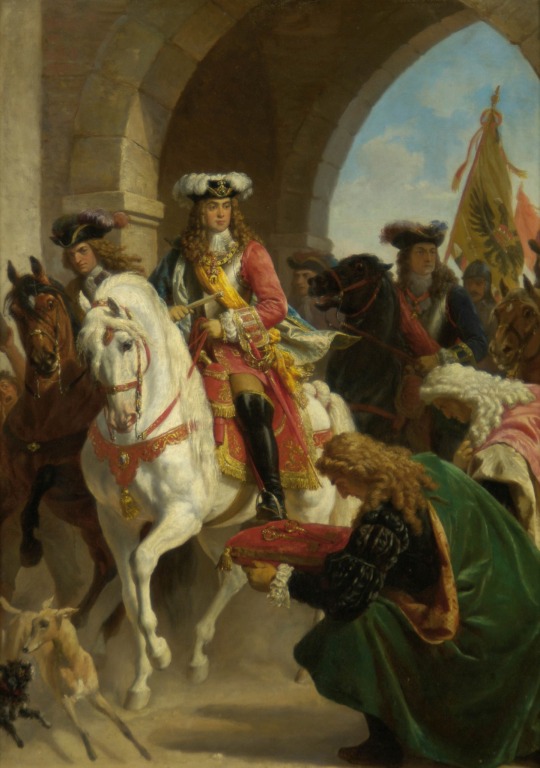
Entry of Charles III in Madrid 1710 by Karl von Blaas
#charles iii#charles vi#holy roman emperor#holy roman empire#habsburg empire#habsburg#habsburg monarchy#austria#spain#madrid#art#karl von blaas#europe#european#history#austrian#spanish#emperor#king#royal#key#keys#city#war of the spanish succession#aristocrat#aristocratic#regal#horses#dogs
49 notes
·
View notes
Text

King Charles VI of France.
#royaume de france#maison de valois#charles vi#roi de france#vive le roi#charles le bien-aimé#charles le fou#charles le fol#on horseback#les rois maudits#dinah lampitt#the women's king#les femmes du roi#equestrian portrait
13 notes
·
View notes
Text
The Formation of the Valois Burgundian Empire - John the Fearless
New blog post: Second in a four-part series
John the Fearless, Duke of Burgundy
John the Fearless, the second Valois Duke of Burgundy, was born to Margaret of Male in Dijon on May 28, 1371. When his maternal grandfather, Louis, Count of Flanders died in 1384, John received the county of Nevers and up until the death of his father was known as John of Nevers. In 1385, Philip the Bold arranged a double marriage for two of his children in an…

View On WordPress
#Catherine of Valois#Charles VI#Charles VII#Duke of Burgundy#Henry V#Hundred Years War#John the Fearless#King of England#King of France#Louis Duke of Orleans#medieval history#Treaty of Troyes#Valois dynasty
2 notes
·
View notes
Video
youtube
#shakespeare#wars of the roses#richard ii#henry iv#henry v#henry vi#edward iv#william shakespeare#history hit#charles vi#richard iii#henry vii
3 notes
·
View notes
Photo

On May 13th, 1717, at around seven-thirty in the morning at the Hofburg in Vienna, a daughter was born to Emperor Charles VI and his wife Elisabeth Christine. On the evening of the same day, the infant was baptized by the name of Maria Theresa Walburga Amalia Christine.
......
Preparations for the arrival of the child had been long underway. In January, subjects in Habsburg lands from Milan to Silesia had already begun gathering in their parish churches to pray for a happy birth and healthy sucessor. Processions were held to beseech the Mother of God for her benign intercession. By April, arrangements had been made for the newborn’s household and wet nurses engaged. Overall responsibility for the child, the office of aya, had been assigned to a high ranking matron at court.
Maria Theresa: The Habsburg Empress in Her Time - Barbara Stollberg-Rilinger
#maria theresa#charles vi#elisabeth christine of brunswick-wolfenbüttel#house of habsburg#austria#habsburg#18th century#long live the queue
21 notes
·
View notes
Text
The cards of Charles VI
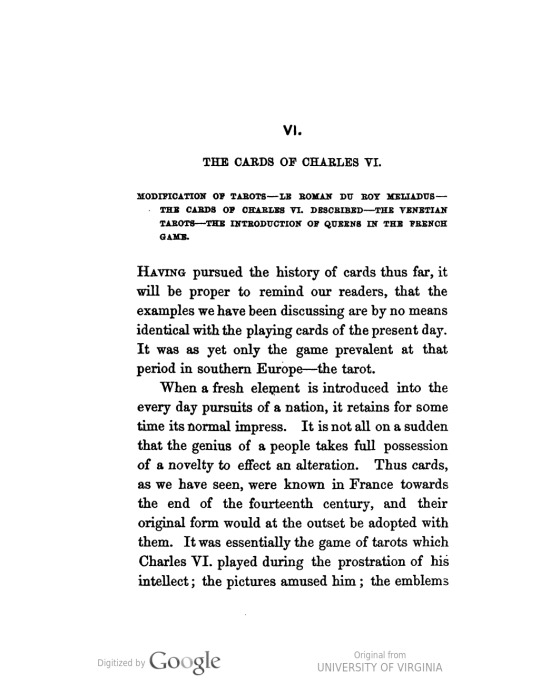
Taylor, E. Samuel., Hotten, J. Camden. (1865). The history of playing cards: with anecdotes of their use in conjuring, fortune-telling, and card-sharping.London: Hotten.
1 note
·
View note
